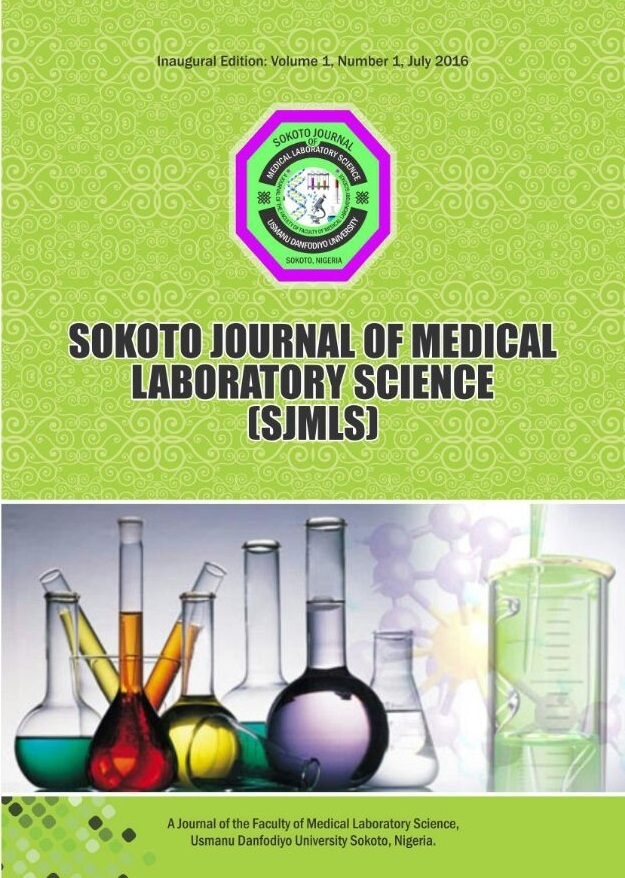Serum Ferritin: Relationship with Indices of Obesity Among Patients with Type 2 Diabetes Mellitus in Kano, North-Western, Nigeria
Keywords:
Indices of obesity, serum ferritin, log ferritin, type 2 diabetesAbstract
Body iron stores have been shown to be significantly higher in persons with diabetes. We determined the relationship between serum ferritin and indices of obesity among type 2 diabetics attending the diabetes clinic of Aminu Kano Teaching Hospital (AKTH), Kano, North-Western Nigeria. We recruited 100 patients with type 2 diabetes attending the Diabetes clinic of AKTH. A pre-tested questionnaire was used to obtain data on socio-demography, duration of diabetes, treatment history and history of hypertension. Patients with liver disease, sickle cell anaemia or other haemoglobinopathies; any acute illness, malignancy and patients on iron or folate containing medications were excluded from the study. We measured anthropometric indices and blood pressure using standard methods. Laboratory investigations included serum ferritin, fasting plasma glucose and 2-hour postprandial glucose. Data were analyzed using SPSS version 16 for windows and STATA version 11. A p value <0.05 was considered significant. Of the 100 patients, 40(40%) were males and 60(60%) were females. The mean (SD) values of BMI, WC, WHR and WhtR were 26.3(5.9) kg/m2, 94.5(14.9) cm, 0.98(0.13) and 0.6(0.1) respectively. The overall prevalence of obesity was 19.8%. The mean (SD) serum ferritin of the subjects was 79.8(88.1) ng/ml. There was negative correlation between BMI and log ferritin (r= -0.02, p=0.01), while WHR correlated positively but not significantly with log ferritin (r=0.21, p=0.48). No correlation was found between log ferritin and duration of diabetes, gender, WC, WhtR, SBP, DBP, FBS and 2HPPG. Among the indices of obesity, only WHR correlated positively with serum ferritin. There was no correlation between age, gender, duration of DM, SBP, DBP, FBS and 2HPPG and serum ferritin among our subjects. We recommend further studies in a larger sample on the subject to include variables such as insulin resistance and HbA1C.




